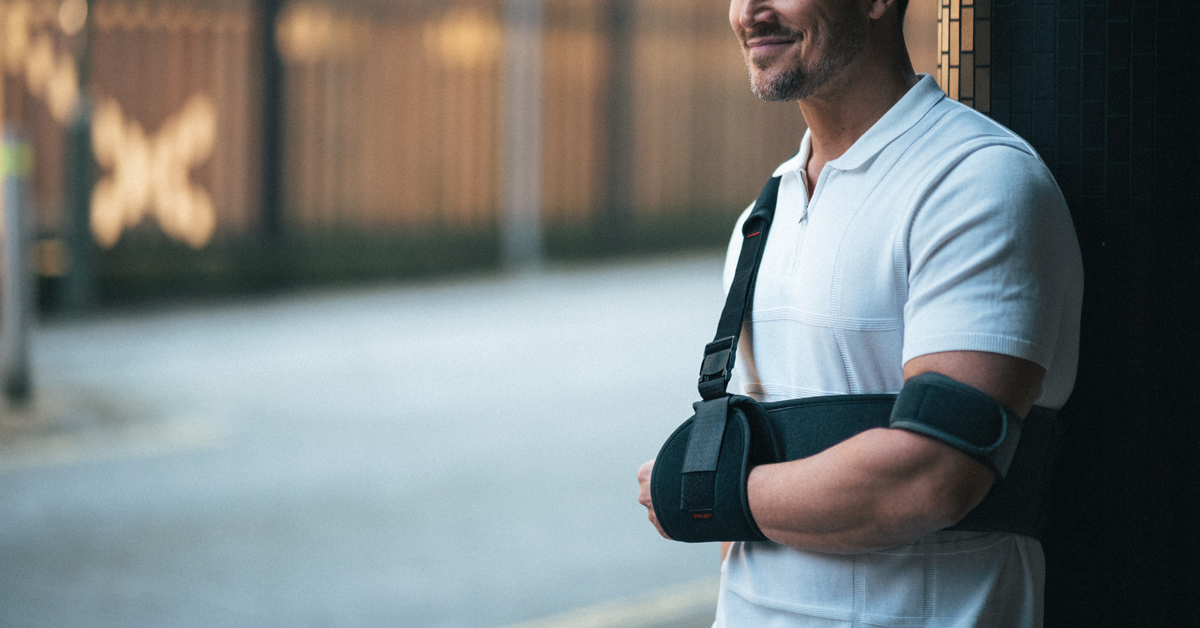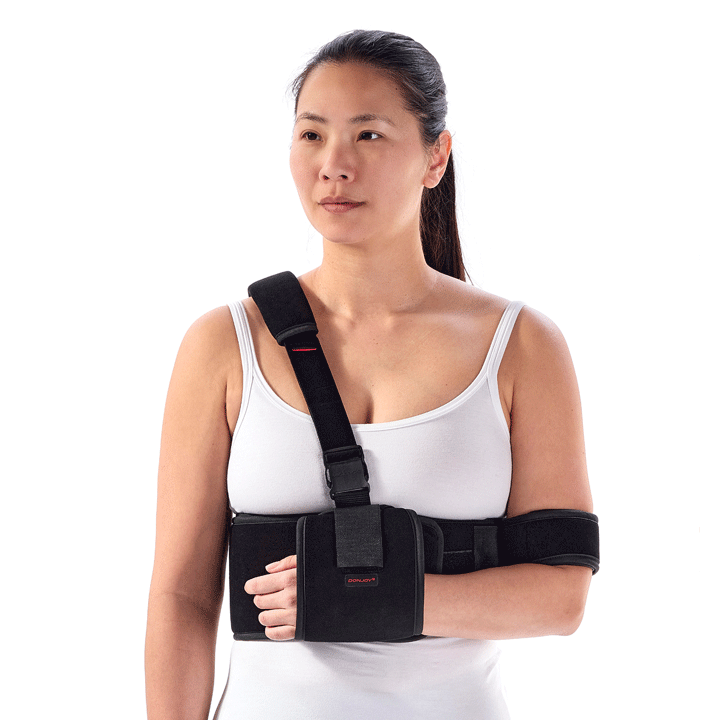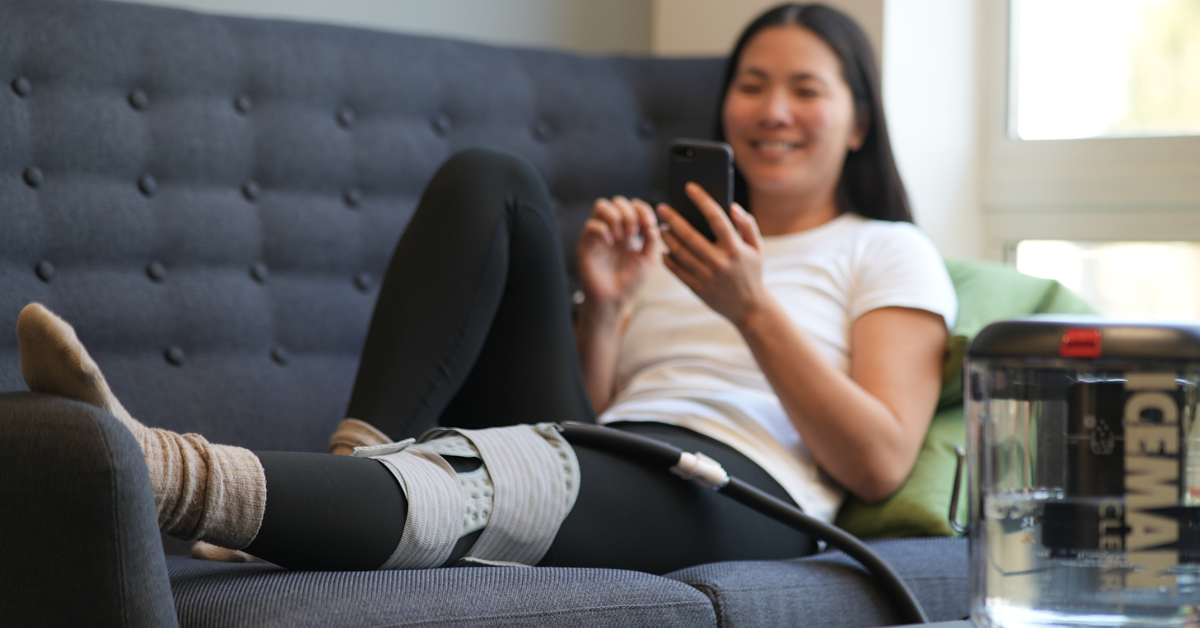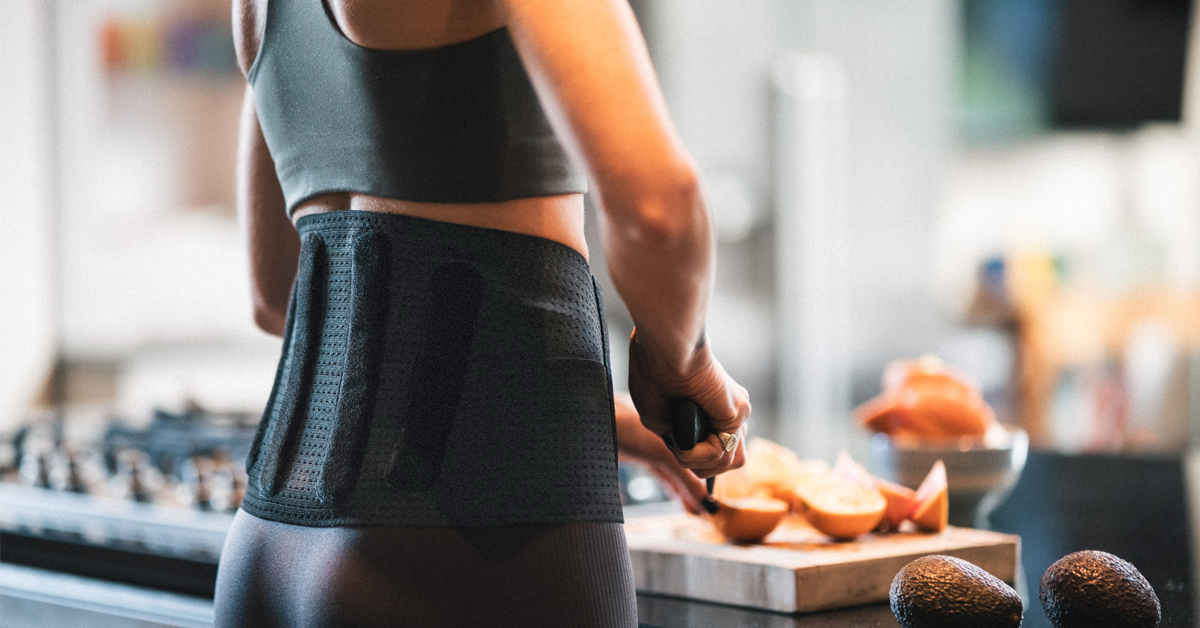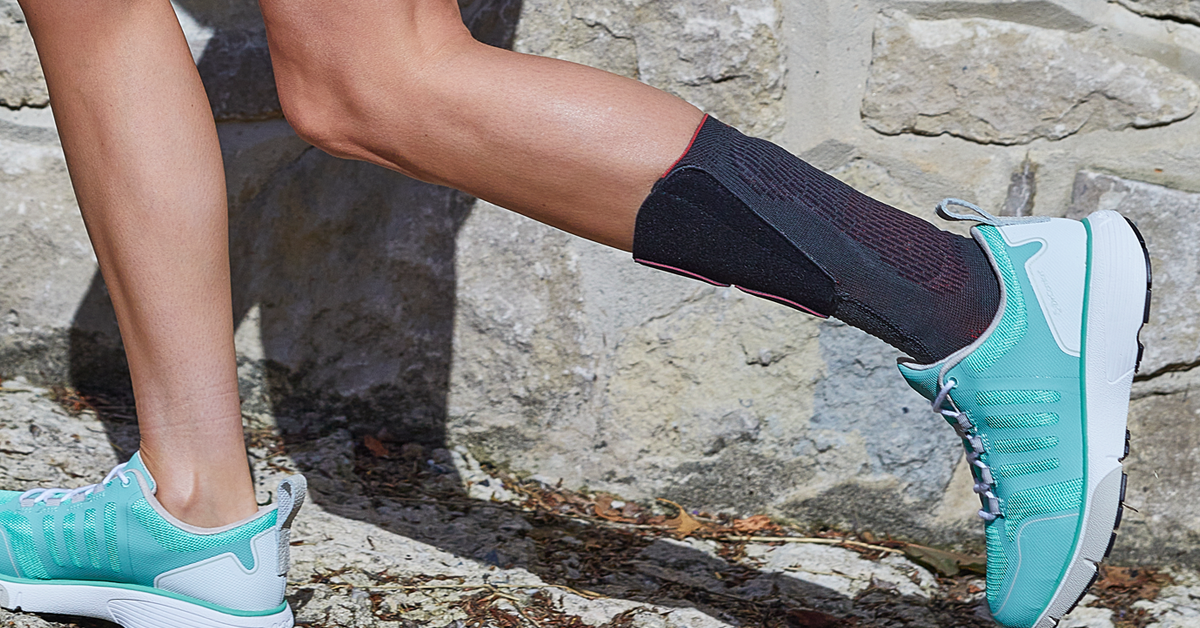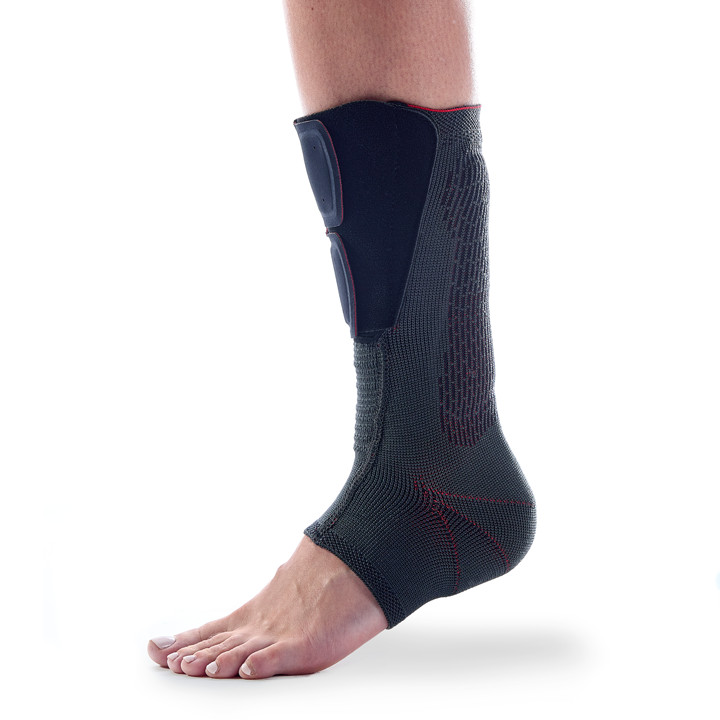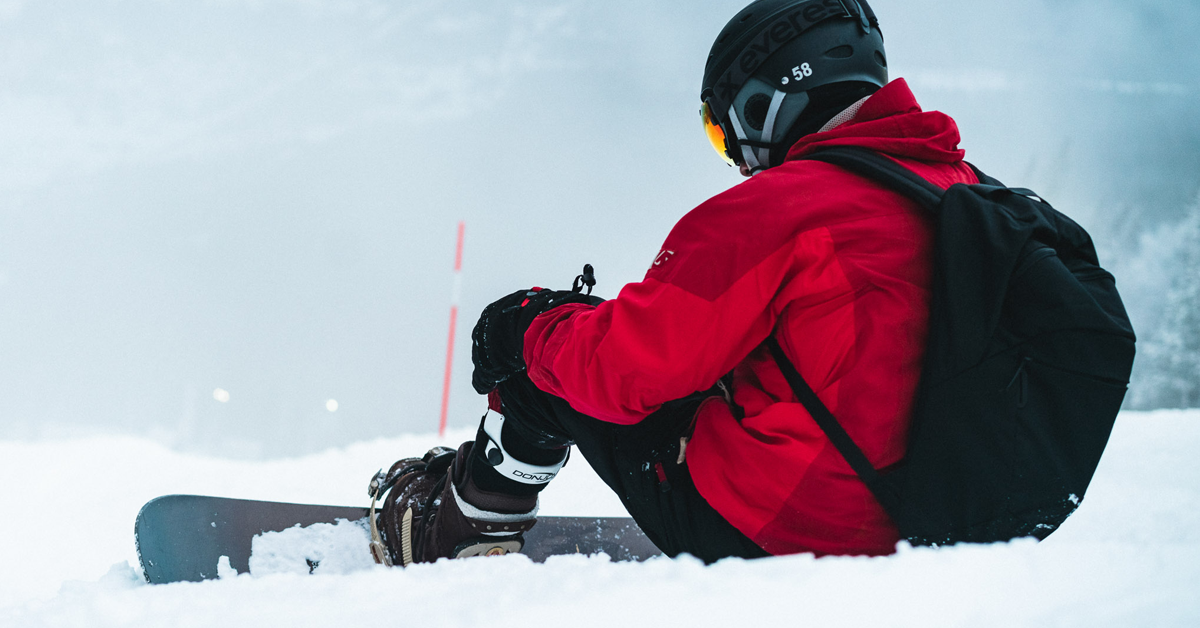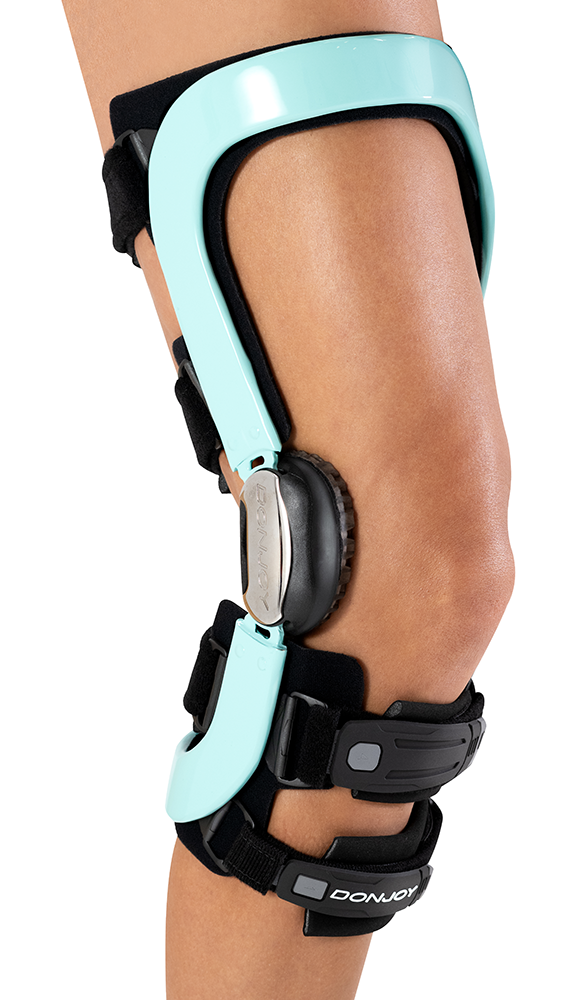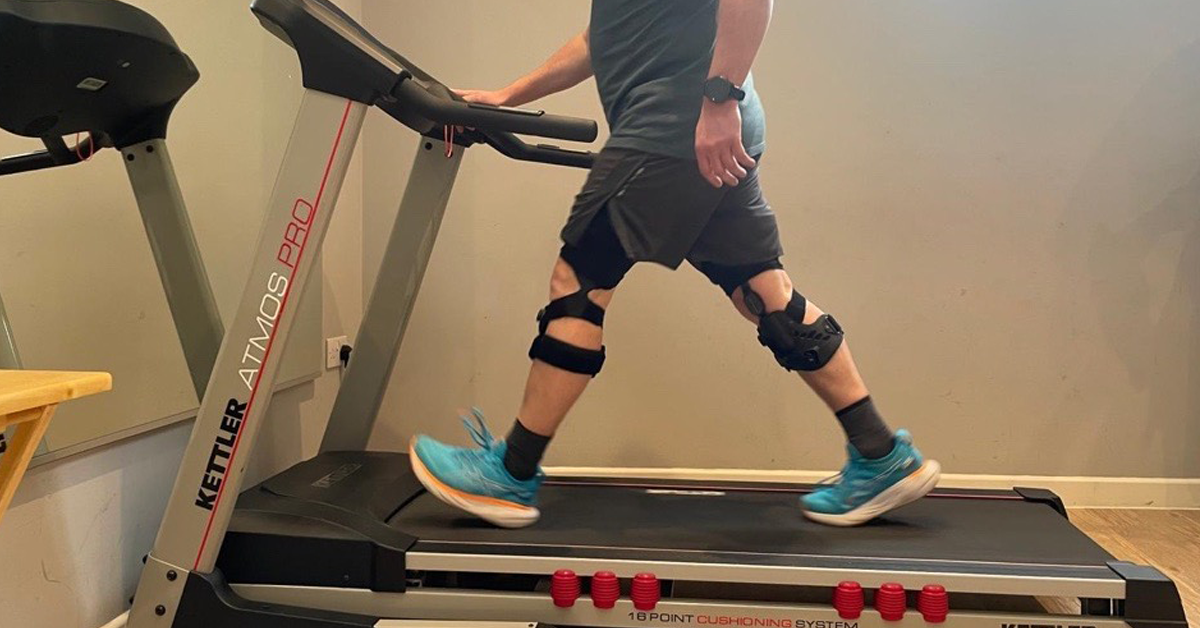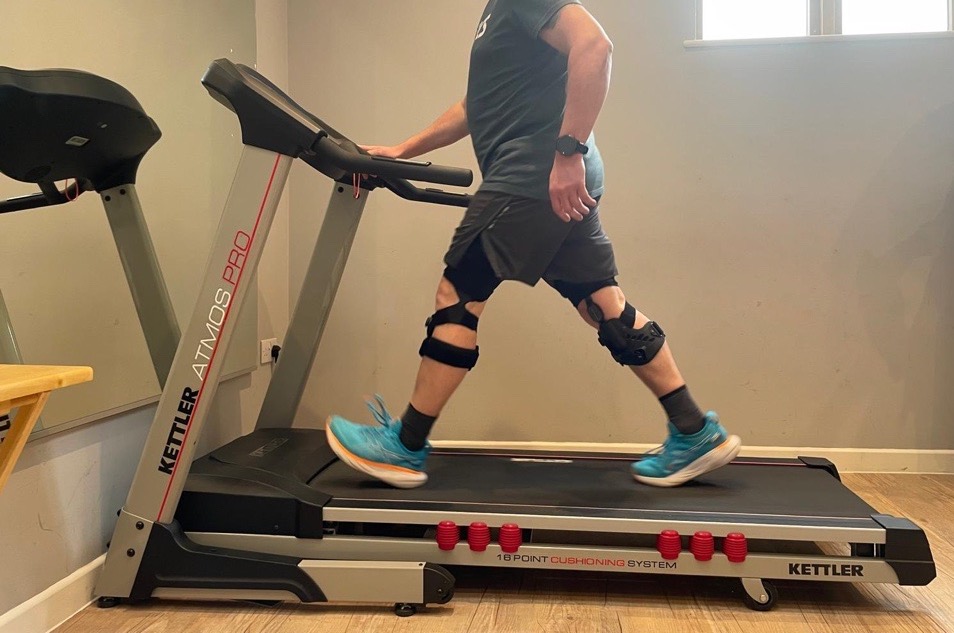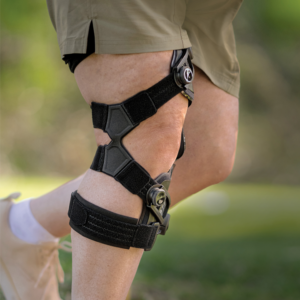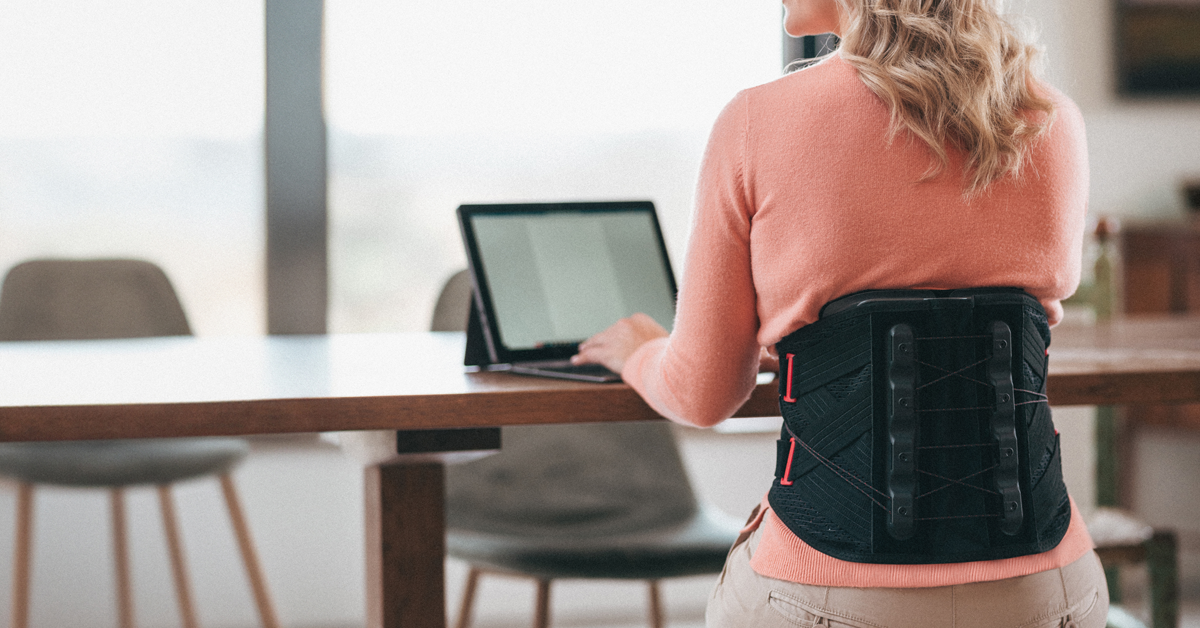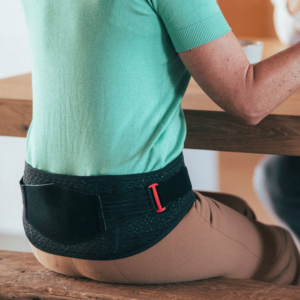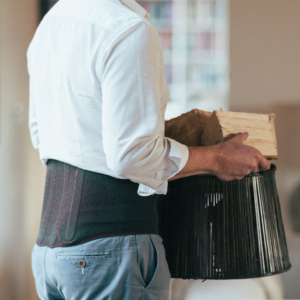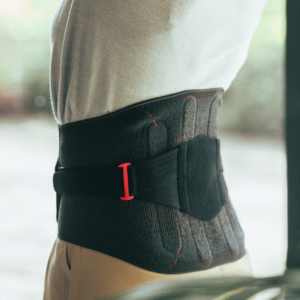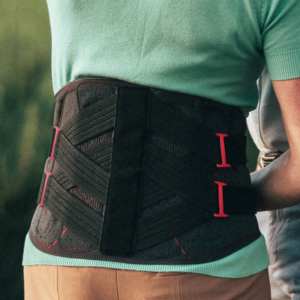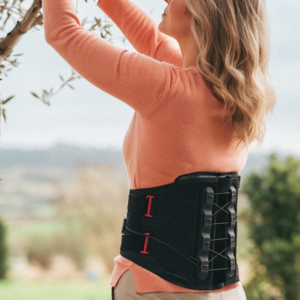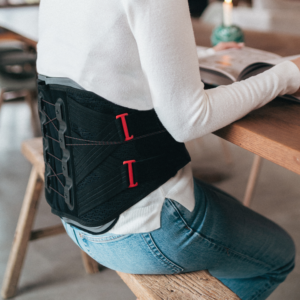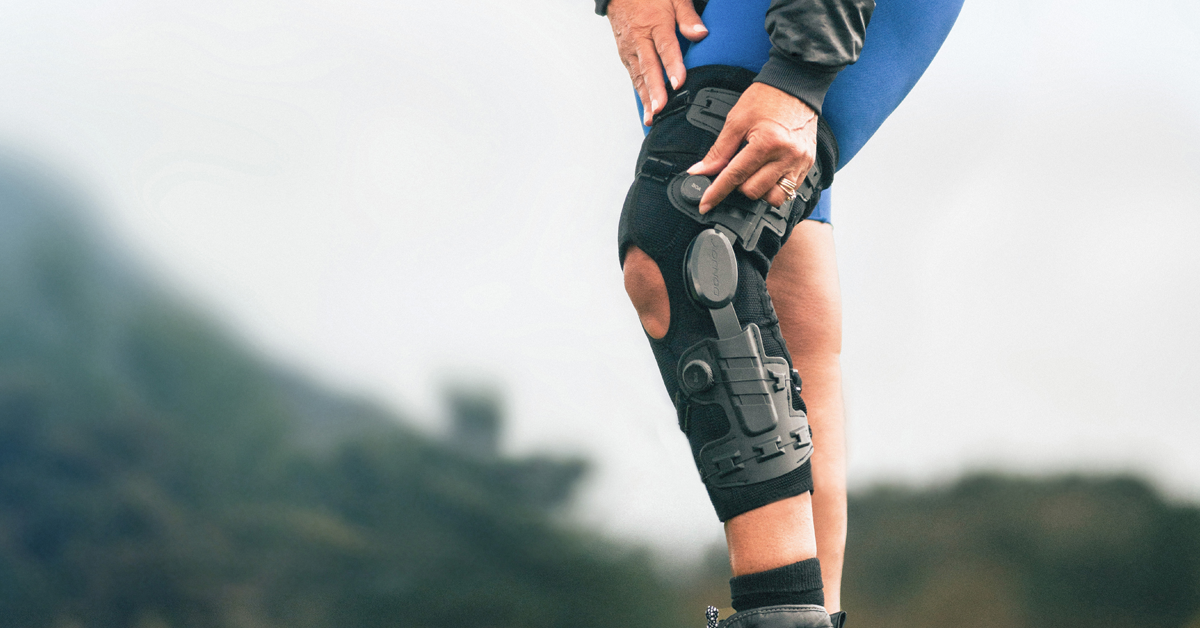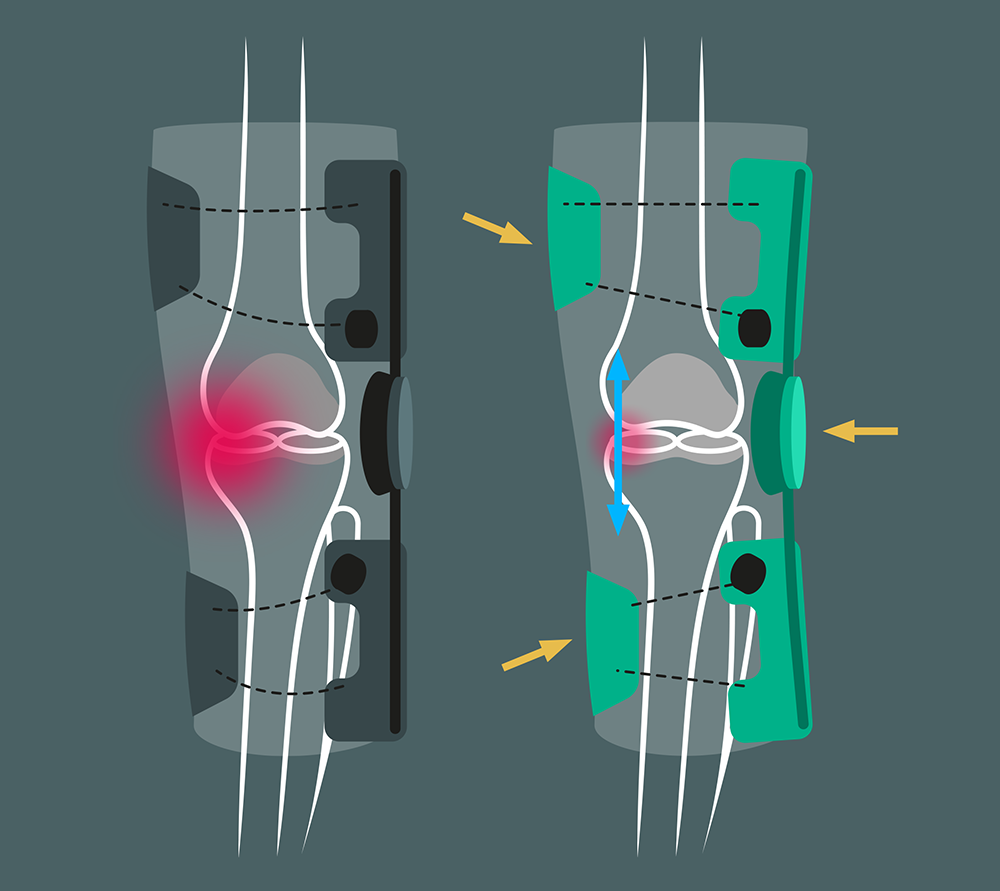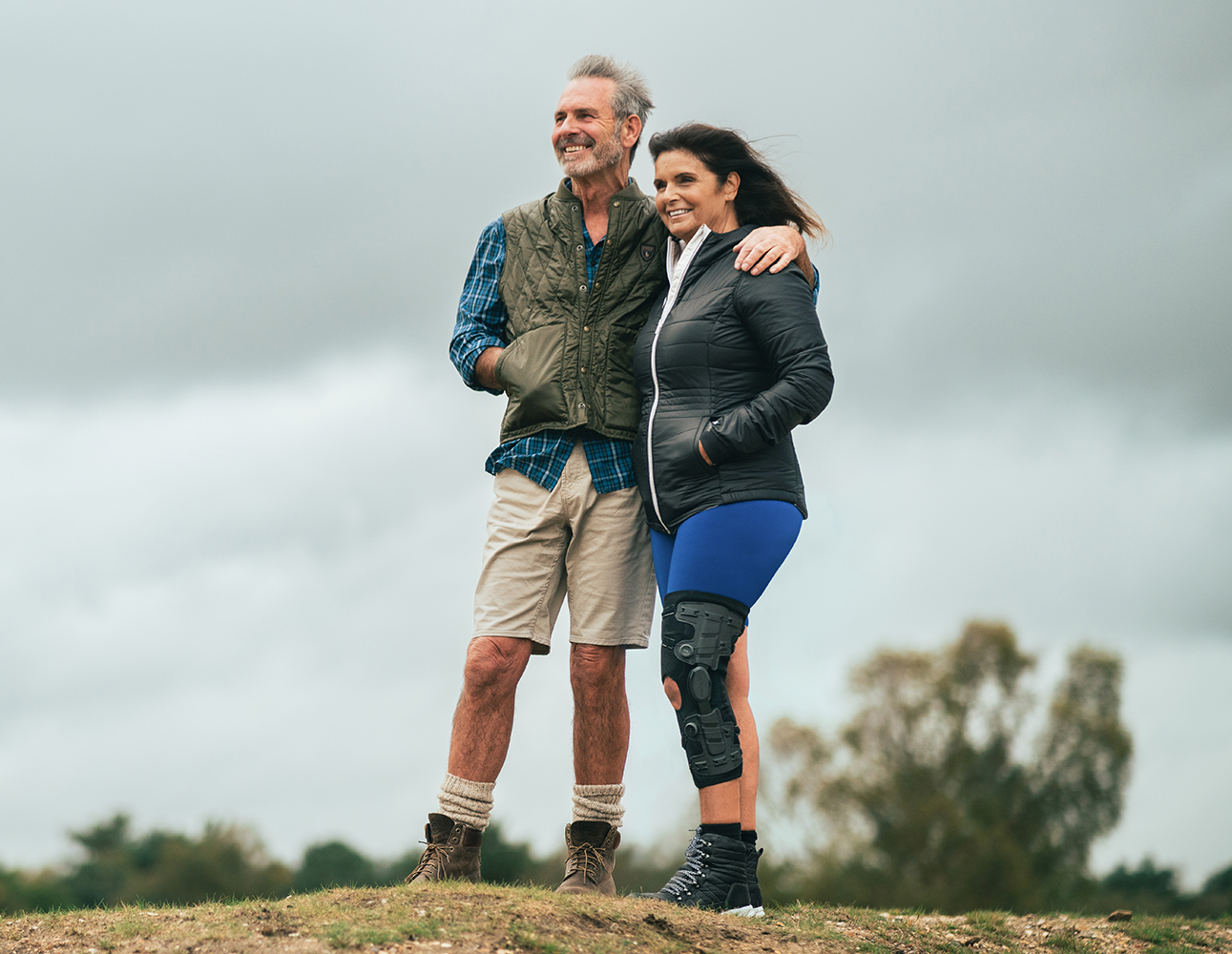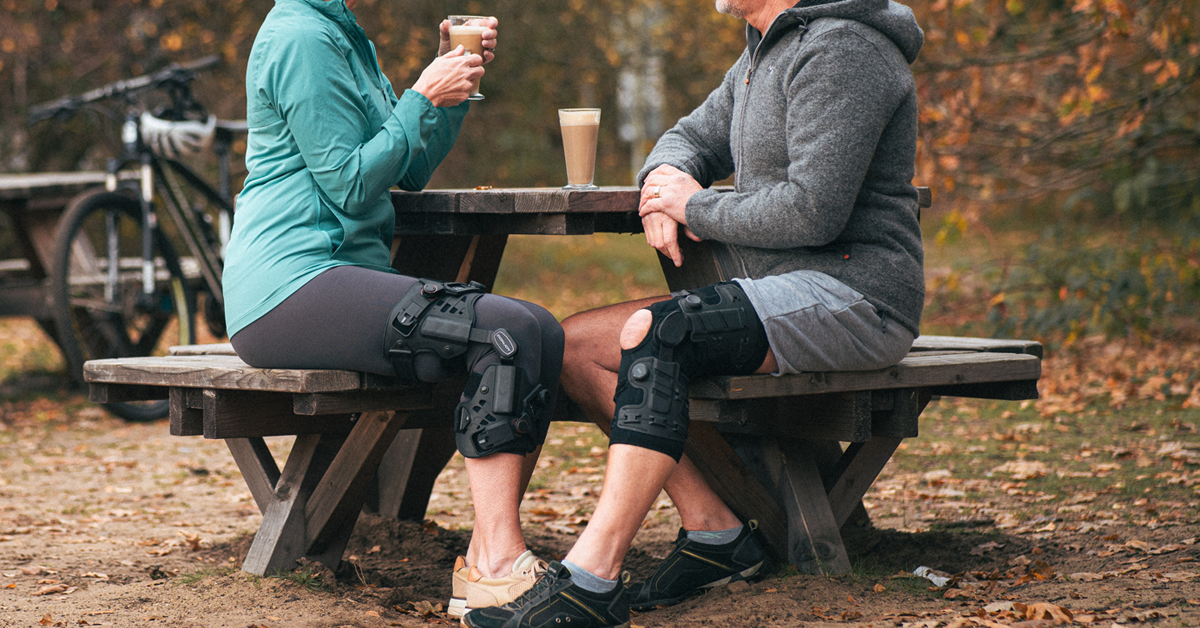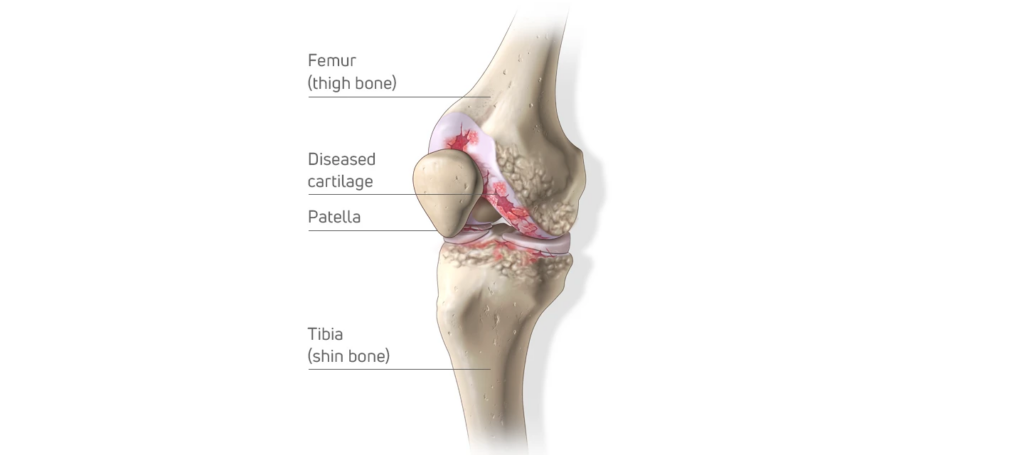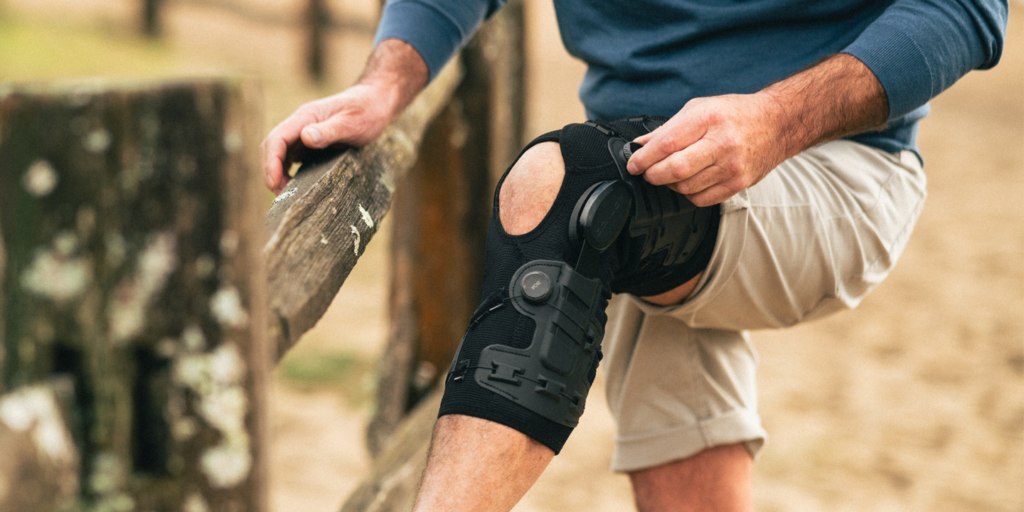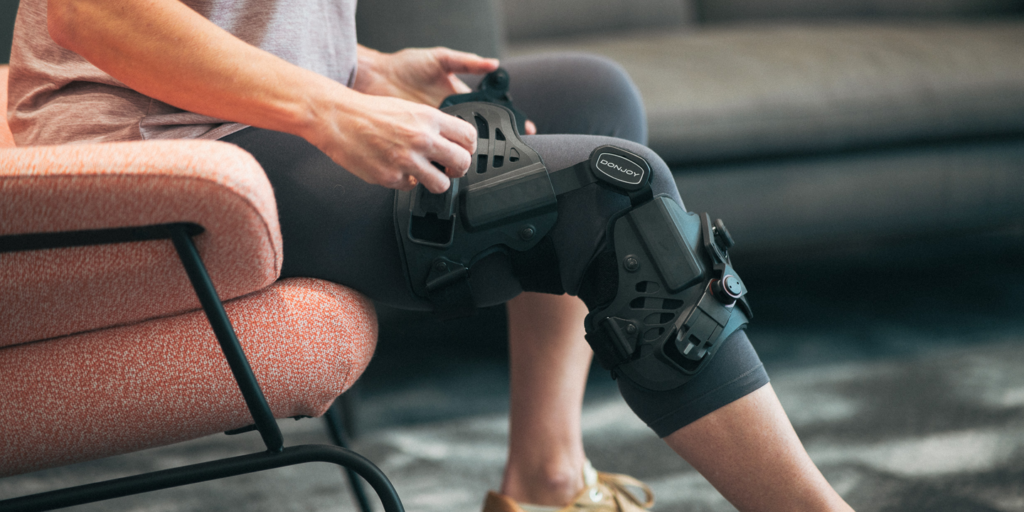Shoulder surgery represents a significant step toward resolving chronic pain or repairing damage, but the recovery process demands careful attention and appropriate support. Shoulder braces, such as the DonJoy PSI Plus, play an essential role in this recovery journey, providing stability and protection while healing progresses.
The Purpose of Shoulder Braces After Surgery
Following shoulder procedures such as rotator cuff repairs, labral reconstructions, or joint replacements, shoulder braces serve several critical recovery functions:
- Immobilizing the joint to protect surgical repairs
- Limiting potentially harmful movements
- Reducing stress on healing tissues
- Offering external support during rehabilitation phases
Types of Shoulder Braces for Post-Surgical Recovery
Different surgical procedures require specific types of support:
Immobilization Slings
These devices hold the arm close to the body, preventing movement during the initial healing phase. They typically feature:
- Adjustable straps for proper positioning
- Cushioning to prevent skin irritation
- Simple design for ease of application
Example: DonJoy PSI Plus
Abduction Slings
For procedures requiring the arm to be held away from the body:
- Maintains the shoulder in a specific abducted position
- Includes a pillow or wedge to establish proper joint spacing
- Helps reduce tension on certain repaired structures
Example: UltraSling PRO
Functional Braces
As recovery progresses, functional braces allow:
- Controlled range of motion within safe parameters
- Adjustable settings to gradually increase mobility
- Support during rehabilitation exercises
Example: UltraSling Quadrant
Progression of Shoulder Brace Usage Throughout Recovery
The timeline for shoulder brace usage typically follows this pattern:
- Stage 1: Strict immobilization with limited removal for hygiene or prescribed exercises
- Stage 2: Transition to braces allowing controlled movement, often worn during physical therapy and daily activities
- Stage 3: Decreased dependence on bracing with continued use during challenging activities or exercise
- Stage 4: Occasional use for protection during high-risk activities or as needed for comfort
Benefits of Proper Brace Usage
Research indicates that appropriate bracing contributes to recovery by:
- Promoting proper healing alignment of tissues1
- Reducing the risk of re-injury during vulnerable healing phases2
- Decreasing pain through stabilization3
- Building patient confidence during rehabilitation4
Wearing a Shoulder Brace
For maximum benefit from a shoulder brace, patients should:
- Follow their surgeon’s specific instructions regarding wear time
- Ensure proper fit—too loose provides inadequate support, too tight may impair circulation
- Inspect their skin regularly for irritation or pressure points
- Maintain cleanliness of the brace according to manufacturer guidelines
- Report any issues with fit or function to their healthcare provider
A New Brace for Post-Op Shoulder Recovery: DonJoy PSI Plus
The DonJoy PSI Plus shoulder immobilizer represents a thoughtful approach to post-operative shoulder support, addressing both clinical and patient needs.
Designed for Adaptability
The PSI Plus features a bilateral design that converts between left and right arm use by simply repositioning the arm and shoulder strap. This versatility:
- Simplifies inventory management for healthcare facilities
- Ensures appropriate support regardless of which shoulder requires immobilization
Patient-Centered Features
Several design elements focus on improving the patient experience:
- A quick-access hand pocket supports the forearm in internal rotation
- Lightweight, open construction promotes air circulation to reduce heat buildup
- Enhanced comfort during extended wear periods supports treatment compliance
Clinical Efficiency
Healthcare providers benefit from:
- Intuitive strap configuration that reduces application time
- Design that minimizes the risk of incorrect positioning
- The ability to perform examinations without removing the entire sling
Practical Functionality
The PSI Plus includes an adjustable shoulder strap with a quick-release mechanism, enabling single-handed removal and attachment. This feature proves particularly valuable for patients managing daily activities during recovery.
For more information on DonJoy PSI Plus, contact your local Enovis representative here.
References
- Hurley ET, Fried JW, Alaia MJ, Strauss EJ, Jazrawi LM, Matache BA. Immobilisation in external rotation after first-time traumatic anterior shoulder instability reduces recurrent instability: a meta-analysis. J ISAKOS. 2021 Jan;6(1):22-27.
- Grubhofer F, Ernstbrunner L, Gerber C, Hochreiter B, Schwihla I, Wieser K, Bouaicha S. Effect of Abduction Brace Wearing Compliance on the Results of Arthroscopic Rotator Cuff Repair. JB JS Open Access. 2022 May 5;7(2):e21.00148.
- Conti M, Garofalo R, Castagna A. Does a brace influence clinical outcomes after arthroscopic rotator cuff repair? Musculoskelet Surg. 2015 Sep;99 Suppl 1:S31-5.
- Chu JC, Kane EJ, Arnold BL, Gansneder BM. The Effect of a Neoprene Shoulder Stabilizer on Active Joint-Reposition Sense in Subjects With Stable and Unstable Shoulders. J Athl Train. 2002 Jun;37(2):141-145.

